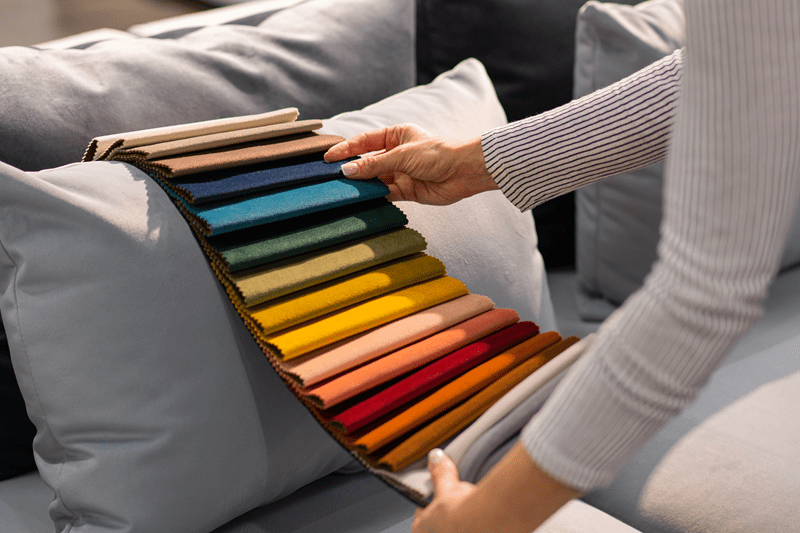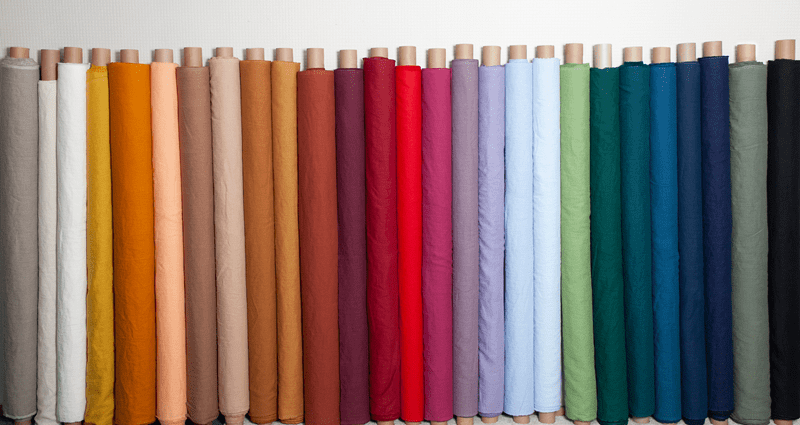
Staying comfortable in various climates, like the warm, humid summers typical of large swaths of the United States, begins with wearing the right clothing. Modern garments can regulate body temperature, manage perspiration, and allow for airflow, but knowing how all the fabrics perform makes choosing the best products that much easier. For men and women alike, breathable fabric makes a world of difference in everyday comfort, performance during activities, and satisfaction with their wardrobe over the long term.
As people pay more and more attention to comfort, sustainability, and functional design, the role of materials in clothing is increasingly important. The following guide explores the most effective breathable fabrics, the science behind moisture-wicking materials, the essential cotton benefits, the value of airflow fabrics, and how these elements can all come together to create truly reliable sweat-proof wear. Whether you are building a warm-weather wardrobe or simply making a few summer-friendly choices, this will help you understand your fabric options.
Breathability is the ability of a fabric to permit air, vapor, and heat to pass through it. In both men's and women's wear, breathable fabrics are particularly welcome for hot or humid parts of the United States because they prevent overheating by allowing sweat to evaporate before it causes discomfort. The greater the amount of air able to flow through a material, the more comfortably body temperature is naturally maintained.
While style might be a significant factor in the selection of clothes, comfort throughout the day largely depends on breathability. From going to work, being outdoors, or running errands-even to working out-breathable fabrics make all the difference in how one feels and performs. They prevent sticky discomfort, minimize odor buildup, and offer a cleaner, fresher wearing experience.
Today, the most significant properties in comfortable apparel are those of moisture control. In designing such moisture-wicking materials, their purpose is to pull sweat from the skin to the surface of the fabric for quicker evaporation. This mechanism is of great significance to all people who live active lifestyles, work outdoors, or simply want sweatproof wear in order to go about daily routines.
Few fabrics have survived the test of time quite as well as cotton has. Long cited for comfort, softness, and natural breathability, cotton is one of the most popular choices to this day for breathable fabrics in men's and women's closets. The structure of cotton fibers makes allowance for air flow, making it ideal for summer-friendly clothes and daily essentials.
The benefit of cotton does not end with comfort. Cotton is extremely absorbent, gentle to the skin, and very durable. These benefits of cotton make it a perfect material to be used for T-shirts, casual wear, lounge wear, and even sleepwear. Because cotton is refreshing, reliable, and can bear a wide range of temperatures, many people prefer it.
While cotton is breathable, it is not necessarily the best when it comes to moisture management, especially during high-intensity activity. That's why some brands mix cotton with moisture-wicking materials to create hybrid fabrics, which can allow users to enjoy both the benefits of cotton and advanced sweat management.
Whatever your style or routine, knowing these cotton benefits will help in making a wardrobe that feels natural and comfortable in various climates.
Those that are designed for maximum ventilation, generally termed airflow fabrics, have a construction that allows substantial volumes of air to move through the fabric, reducing buildups of heat and promoting comfort for extended wear. Examples include mesh, lightweight weaves, linen, and perforated synthetics.
For men and women outdoors, either walking, gardening, hiking, or commuting, airflow fabrics will cool the body with their cooling properties and airflow channels. These fabrics are popular within sportswear and activewear because they allow facilitation of movement and do not easily overheat.
Customers look at the tags of clothes or product descriptions for words like "ventilated," "mesh panels," or "open-weave" that describe fabrics allowing airflow. These materials, when worn in summer, assure comfort continuously, especially in high-temperature areas.
Many brands market their apparel as "sweat-proof"; however, the term generally refers to the ability of the clothes to not allow buildups of moisture, block visible sweat marks, and dry quickly. True sweat-proof wear combines a number of properties: breathability, moisture control, and durability.

Knowing which fabrics offer natural or engineered breathability is the first step in choosing the right clothing. Following are some effective choices for both men and women:
Cotton still remains one of the most preferred owing to natural ventilation and comfort. Some cotton benefits include softness, durability, and being skin-friendly. It's even more effective in sweat-proof wear if combined with moisture-wicking materials.
Linen is the best airflow fabric because of its natural fibers and open weave. It lets the heat out very easily, making it perfect for summer-friendly clothes, shirts, dresses, and pants.
Bamboo fabrics are naturally soft and breathable; therefore, they usually have other fibers blended in for added durability. Temperature regulation and odor resistance are facilitated by bamboo-based breathable fabrics.
Pure polyester is not the most comfortable, but modern blends-including performance fabrics-are considered excellent at wicking away moisture. Blends are a great choice for creating sweat-proof wear and athletic apparel.
These are engineered airflow fabrics, designed to support high ventilation and rapid evaporation. They find wide application in activewear and summer layers. Each of these fabrics has an important role in the manufacture of summer-friendly clothes and in enhancing breathability for comfort in warm weather.
Most men's clothing deals with structure and durability, but breathability is another important aspect.
Men should look for airflow fabrics in hot weather, such as linen shirts that prevent heat from building up, vented athletic tops, and lightweight hybrid blends. This makes for comfortable, summer-friendly clothes without sacrificing style.
Moreover, in women's wear, there can be more variations of style, shape, and layering pieces; thus, the choosing of fabrics will become more important. Breathable fabrics used in making dresses, tops, and active wear guarantee comfort both indoors and outdoors. The more aware you are of how all these features work in conjunction, the easier it will be to spot truly summer-friendly clothes that perform well.
It is that kind of thing that can create a huge difference in everyday comfort, especially when you live in a warm climate or lead an active lifestyle. Being in a position to know how breathable fabrics can keep you cool, what technology keeps moisture-wicking material working for you, and the classic benefits and cooling power of airflow fabrics means that men and women alike can select sweat-proof wear in keeping with their requirements.
This content was created by AI